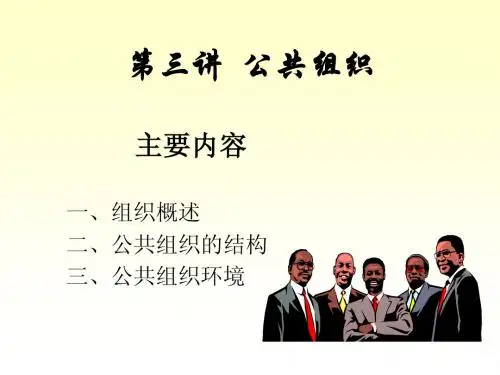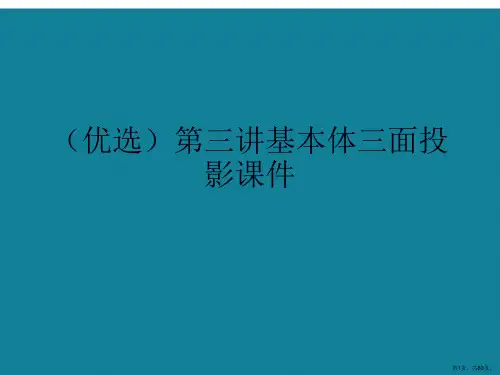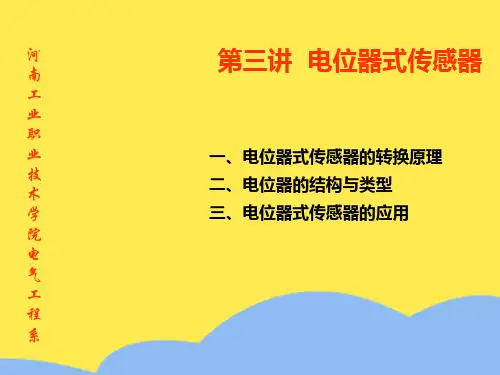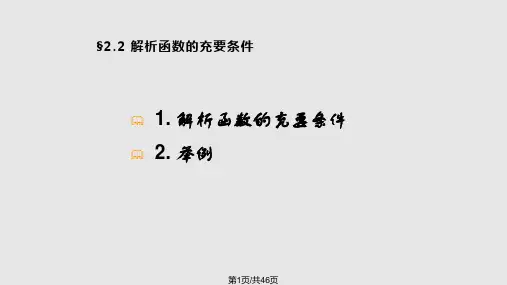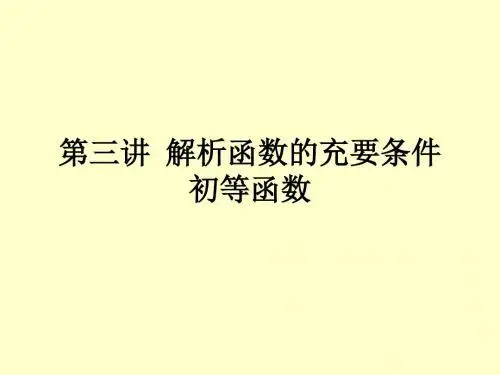建筑理念的变迁 p21 现代的世俗化的建筑理念:房子是一种被制造出来、满足实用目的的工具。
可以联想我们参观各种总结宗教场所的经验, 可以比较不同宗教场所的不同特征
4,神圣空间和宗教场所(各类图片)
东西方的圣地
天坛:两个录像 tvtv/video/C14110/bb169ff4313b3ddee28 924c80a4e5c44
Байду номын сангаас
宇宙是神圣创造, 自然与神沟通成为圣物 自然宇宙和世界显现了神圣的结构 神圣就是存有的显现,自然宇宙既是存有。
因此,宇宙就是人认识自身的来源,对宇宙秩序的模仿,就是人类安身立命的 一句。宇宙成为人对自己最终极的投射。 由此可以看到伊利亚德和奥托的区别:奥托将宗教神圣放在个体的情感体验,而 伊利亚德则放在宇宙论的分析中。 万物有灵论 -------《神圣与世俗》第三/四章
Numbakulla and Scared Pole
p9
It must be understood that the cosmicization of unknown territories is always a consecration; to organize a space is to repeat the paradigmatic work of the gods. The close connection between cosmicization and consecration is already documented on the elementary levels of culture--for example, among the nomadic Australians whose economy is still at the stage of gathering and smallgame hunting. According to the traditions of an Arunta tribe, the Achilpa, in mythical times the divine being Numbakula cosmicized their future territory, created their Ancestor, and established their institutions. From the trunk of a gum tree Numbakula fashioned the sacred pole (kauwa-auwa) and, after anointing it with blood, climbed it and disappeared into the sky. This pole represents a cosmic axis, for it is around the sacred pole that territory becomes habitable, hence is transformed into a world. The sacred pole consequently plays an important role ritually. During their wanderings the Achilpa always carry it with them and choose the direction they are to take by the direction toward which it bends. This allows them, while being continually on the move, to be always in "their world" and, at the same time, in communication with the sky into which Numbakula had vanished. For the pole to be broken denotes catastrophe; it is like "the end of the world," reversion to chaos. Spencer and Gillen report that once, when the pole was broken, the entire clan were in consternation; they wandered about aimlessly for a time, and finally lay down on the ground together and waited for death to overtake them. ([Footnote:] B. Spencer and F. Gillen, The Arunta, London, 1926, I, p. 388.)

